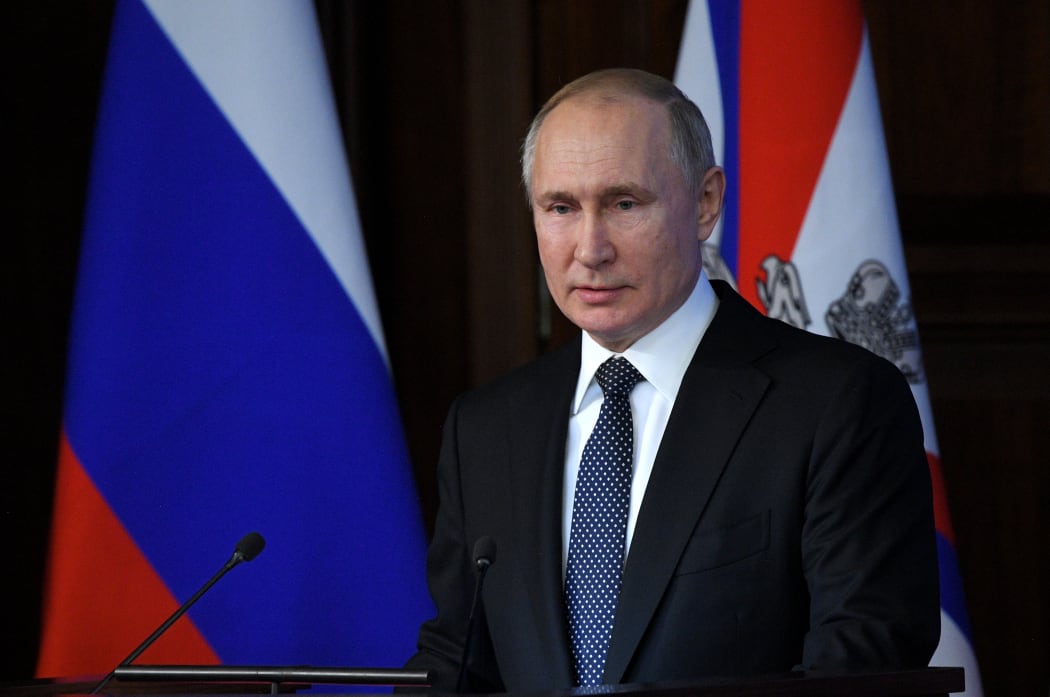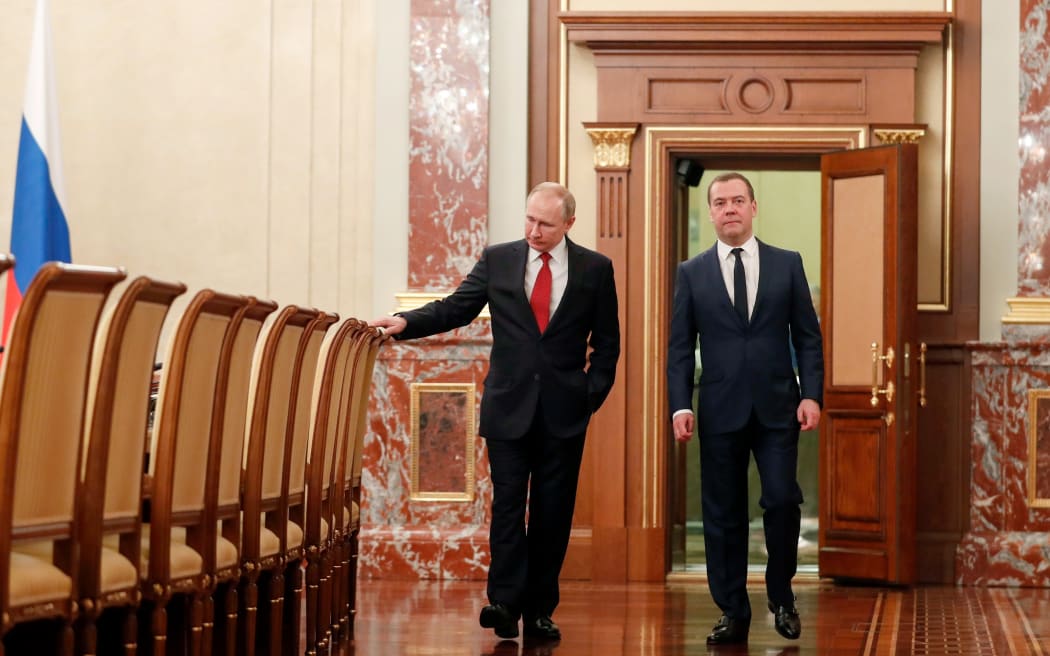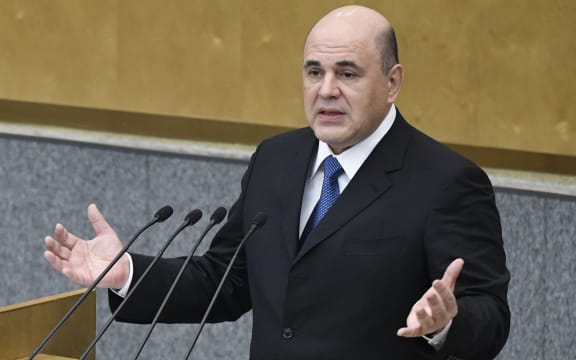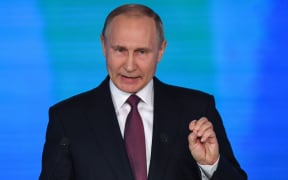By Zena Chamas
On 15 January, the Russian Government and its prime minister resigned just hours after President Vladimir Putin proposed a constitutional overhaul during his annual state-of-the-nation address.
But, what does this mean for the future of Russia's leadership and what was the motivation behind Putin's move? Here's a breakdown of what happened.

Russian President Vladimir Putin. Photo: Evgeny Biyatov / Sputnik / AFP
What did Putin announce?
Putin took Russia's political elite by surprise when he announced a radical overhaul of the Russian constitution on Wednesday (local time) and a referendum on its proposed terms.
While the details are still murky, Putin proposed amending the constitution to increase the powers of prime ministers and Cabinet members.
He also announced that prime minister Dmitry Medvedev, a longtime close associate of his, would take up a new position as a deputy head of the presidential Security Council.
Medvedev became prime minister in 2012 after serving four years as president and he currently heads the ruling United Russia party.
Hours after the announcement, Medvedev submitted his resignation.

Vladimir Putin and Dmitry Medvedev. Photo: Dmitry ASTAKHOV / SPUTNIK / AFP
As deputy head of the Security Council, Medvedev would be deputy to Putin, according to Russia's primary security law which dictates that the Security Council is always chaired by the president.
"In this context, it is obvious that, as the government, we must provide the president with a capability to make all decisions," which are required to implement the proposed plan, Medvedev said when announcing his resignation.
What are the proposed constitutional changes?
Putin proposed multiple amendments to Russia's constitution which analysts believe is part of a plan to remain in power for as long as possible.
Under Putin's plan, the lower house of Parliament will be granted the power to appoint the prime minister and the rest of the Cabinet, as opposed to approving candidacies, which is currently the case.
Medvedev said these proposals would entail "substantial changes" to the constitution as well as to the "entire balance of power, the power of the executive, the power of the legislature, the power of the judiciary".

Mikhail Mishustin. Photo: AFP
Putin surprisingly chose tax chief Mikhail Mishustin to become Russia's new prime minister - a choice analysts say could be only temporary.
Mishustin has been the head of the Federal Tax Service since 2010 and has worked in government roles related to tax collection since the early days of his career, but has almost no political profile.
A day after the proposed changes were announced, Russia's ruling party, United Russia, unanimously approved Mishustin's candidacy as prime minister ahead of a formal parliamentary vote later in the evening.
"It will increase the role of Parliament and parliamentary parties, powers and independence of the prime minister and all cabinet members," Putin said during his televised speech.
The role of governors would also be enhanced, he said, though Russia would maintain its presidential system, but he said he wanted to tighten the criteria for anyone wanting to become president.
Is Putin trying to be in power forever?
Putin's proposed constitutional overhaul is said to be a plan to extend his stay in power for as long as possible, but how would this work?
Putin is 20 years into his tenure, which means he has already ruled longer than permitted.
The Russian constitution, adopted on Christmas Day 1993, imposed a limit of two consecutive terms of four years for people elected president.
Which means when Putin became president in 2000, an eight-year deadline began.
After that deadline, Putin became prime minister for four years but in 2024 he will, for the second time, reach the presidential term limit - and he knows he cannot risk reaching it without a plan to stay in power.
Instead of amending the constitution to allow him another term, analysts believe he appears to be setting himself up to switch roles to become prime minister once again.
He will be 71 at that time.
Critics have long accused Putin of plotting to stay on in some capacity to wield power over the world's largest nation after he steps down.
He remains popular with many Russians, who see him as a welcome source of stability.
What 20 years of Putin's rule looks like
- 1999: Putin rose out of the shadows to power as the named successor after president Boris Yeltsin's resignation.
- 2000: Putin was inaugurated as president after winning his first presidential election on 26 March.
- 2005: Putin went on national television in his state of the nation address, calling the collapse of the Soviet Union the "major geopolitical disaster of the century".
- 2008: Putin named Dmitri Medvedev as his preferred successor to take over as chief executive, as Constitutional limits prevented a third consecutive term as president.
- 2012: Putin and Medvedev switched roles again as Putin reassumed the presidency after winning more than 60 percent of the vote.
- 2018: Putin won a fourth term, netting a 76 percent share of a vote that also saw an increased voter turnout.
- 2020: Putin proposed constitutional changes on 15 January that would give him scope to extend his grip on power.
This came only eight years after Putin quit the KGB to run for office in St Petersburg.
Just a few months later in June, the channel Russia Today (now RT) is launched.
Medvedev won with 70 percent of the votes. But despite the switch, Putin was still at the helm.
- ABC



